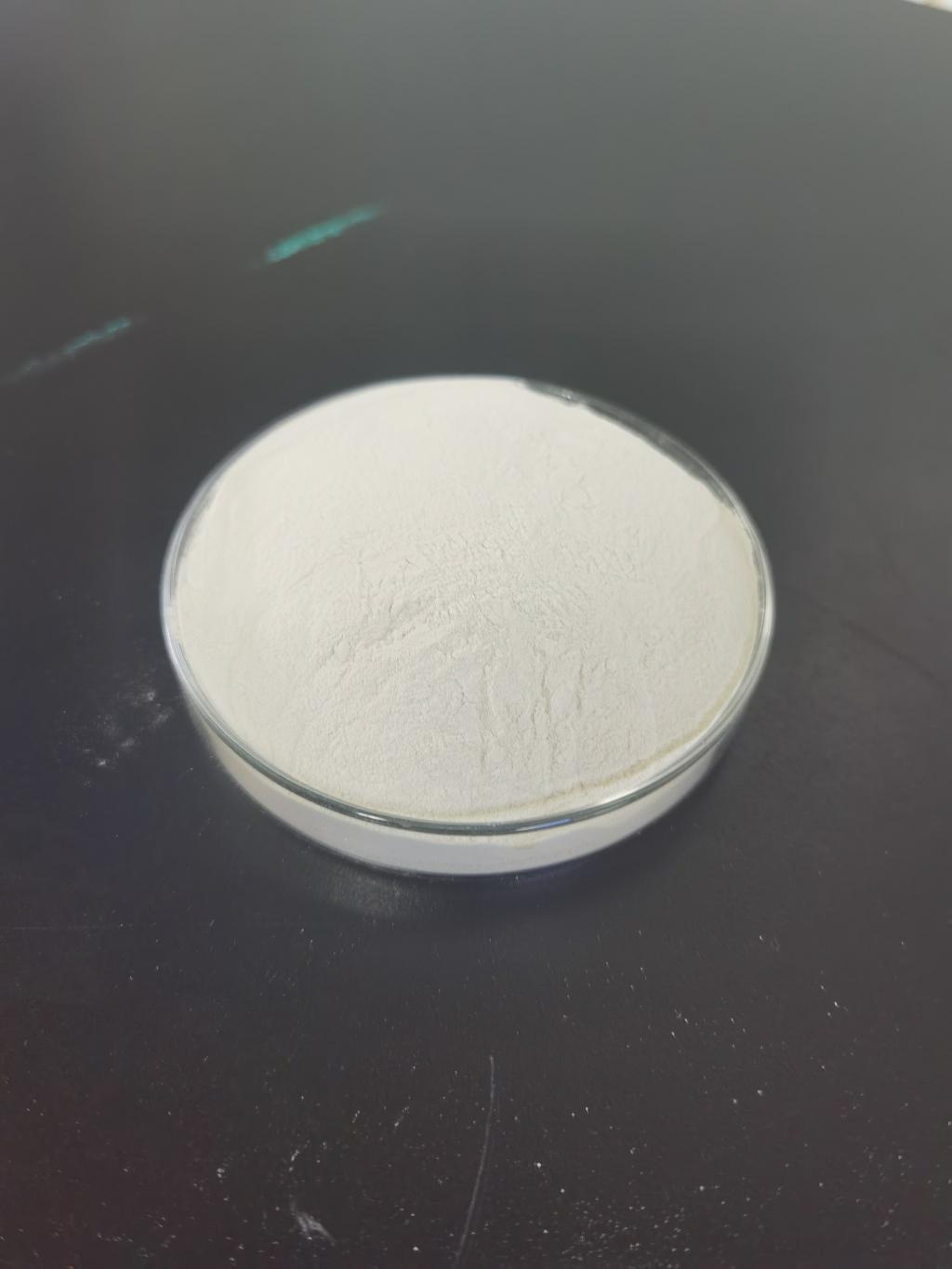Tel:0086 18231198596

News
Current Position:
Home >
News
>Nisin's Integration into Gastronomic Tourism: A Flavorful Journey of Food Safety
Nisin's Integration into Gastronomic Tourism: A Flavorful Journey of Food Safety
TIME:2024-02-23
Nisin: A Brief Culinary Guardian
1. Unveiling Nisin's Culinary Role
Nisin, derived from certain strains of lactic acid bacteria, has been celebrated for its natural preservative qualities. In gastronomic tourism, where diverse culinary traditions are celebrated, Nisin acts as a guardian against spoilage microorganisms, ensuring the authenticity and safety of traditional dishes.
2. Preserving Culinary Heritage
Many gastronomic tourism destinations pride themselves on preserving and showcasing their culinary heritage. Nisin facilitates this preservation by extending the shelf life of traditional foods, allowing them to be shared with visitors without compromising on safety or flavor.
Nisin's Impact on Gastronomic Tourism
1. Safeguarding Traditional Delicacies
Gastronomic tourism often involves indulging in regional specialties. Nisin's antimicrobial properties help protect these delicacies from spoilage, allowing tourists to savor authentic flavors without concerns about foodborne illnesses.
2. Facilitating Culinary Experiences
The integration of Nisin into food preparation not only ensures safety but also enhances the overall culinary experience. Tourists can immerse themselves in the diverse flavors of different regions with confidence, knowing that their gastronomic journey is supported by state-of-the-art food safety measures.
3. Strengthening Destination Reputation
Destinations that prioritize food safety through the incorporation of Nisin can enhance their reputation as culinary hotspots. Positive experiences regarding both taste and safety contribute to positive word-of-mouth, drawing more tourists eager to explore the local gastronomy.
Nisin in Action: Culinary Destinations
1. Italy: Preserving Parmigiano-Reggiano
In Italy, renowned for its Parmigiano-Reggiano cheese, Nisin has been incorporated into the traditional cheese-making process. This not only extends the shelf life of the cheese but also ensures that tourists can enjoy this iconic product in its truest form.
2. Japan: Enhancing Sushi Safety
Japan, famed for its sushi, has embraced Nisin to ensure the safety of raw fish preparations. This has been instrumental in promoting sushi as a safe and authentic culinary experience for tourists.
3. Mexico: Securing Street Food Delights
Mexico's vibrant street food culture is a major draw for gastronomic tourists. Nisin has found its way into the preparation of street food, preserving the freshness and safety of beloved dishes like tacos and tamales.
Nisin Educational Initiatives in Gastronomic Tourism
1. Culinary Workshops
Gastronomic tourism destinations can host culinary workshops that not only showcase traditional cooking techniques but also educate participants about the role of Nisin in ensuring food safety. These workshops provide an interactive platform for tourists to learn and appreciate the integration of innovative solutions in culinary practices.
2. Food Safety Tours
Specialized food safety tours can be designed to highlight the behind-the-scenes efforts to maintain high standards of food safety. This includes visits to production facilities where Nisin is used, allowing tourists to witness firsthand its contribution to the preservation of local delicacies.
3. Collaborative Initiatives with Chefs
Partnering with renowned chefs in gastronomic tourism destinations can amplify the message of food safety. These chefs can incorporate Nisin into their culinary creations and share insights with tourists, emphasizing the importance of such innovations in maintaining the integrity of regional cuisines.
Challenges and Future Directions
1. Cultural Acceptance
Incorporating preservatives like Nisin into traditional recipes may face resistance in some culinary cultures. Education and transparent communication are crucial to gaining acceptance and highlighting the positive impact on food safety.
2. Regulatory Alignment
Global gastronomic tourism often involves crossing international borders, each with its own set of regulations. Aligning regulatory frameworks related to the use of Nisin can simplify processes and ensure a consistent approach to food safety.
3. Continuous Innovation
The field of food safety is dynamic, and continuous innovation is essential. Ongoing research into the application of Nisin and similar natural preservatives can open new avenues for enhancing the safety and longevity of diverse culinary offerings.
Conclusion
Nisin's integration into gastronomic tourism represents a harmonious blend of tradition and innovation. As tourists embark on culinary journeys to savor the world's diverse flavors, Nisin stands as a silent guardian, ensuring that these experiences are not only delicious but also safe. Through educational initiatives, collaborative efforts, and innovative applications, Nisin contributes to the preservation of culinary heritage and the cultivation of a global appreciation for safe and authentic gastronomic adventures. As gastronomic tourism continues to flourish, the role of Nisin in shaping this industry is destined to become increasingly pivotal, offering a flavorful journey where food safety is as integral as the tastes themselves.

 CONTACT
CONTACT




